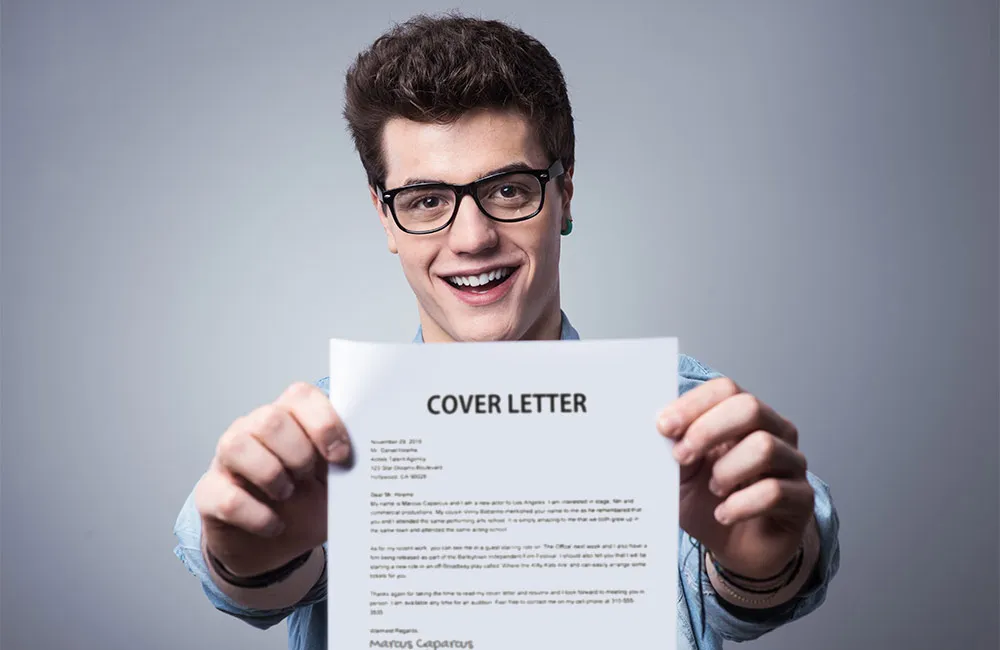What is a Cover Letter?
A cover letter is a crucial document that accompanies your resume when applying for a job. It serves as a personalized introduction, allowing you to showcase your personality, skills, and enthusiasm for the specific role and company. Unlike a resume, which provides a factual overview of your qualifications, a cover letter gives you the opportunity to explain why you’re the perfect fit. It’s your chance to tell a story, highlighting the experiences and achievements that make you unique. A well-crafted cover letter goes beyond simply repeating information from your resume; it demonstrates your genuine interest in the position and your understanding of the employer’s needs.
Why Do You Need a Cover Letter?
In today’s competitive job market, a cover letter is not just an optional extra but a fundamental requirement. It provides context to your resume and gives you a significant edge over other applicants. A cover letter allows you to address the specific requirements of the job description, demonstrating how your skills and experience align with the employer’s needs. It offers a platform to articulate your career goals, explain any gaps in your employment history, and showcase your understanding of the company’s values and mission. Many employers use cover letters as a key screening tool to assess a candidate’s communication skills, attention to detail, and overall fit for the role. A well-written cover letter can significantly increase your chances of landing an interview.
Key Components of a Cover Letter
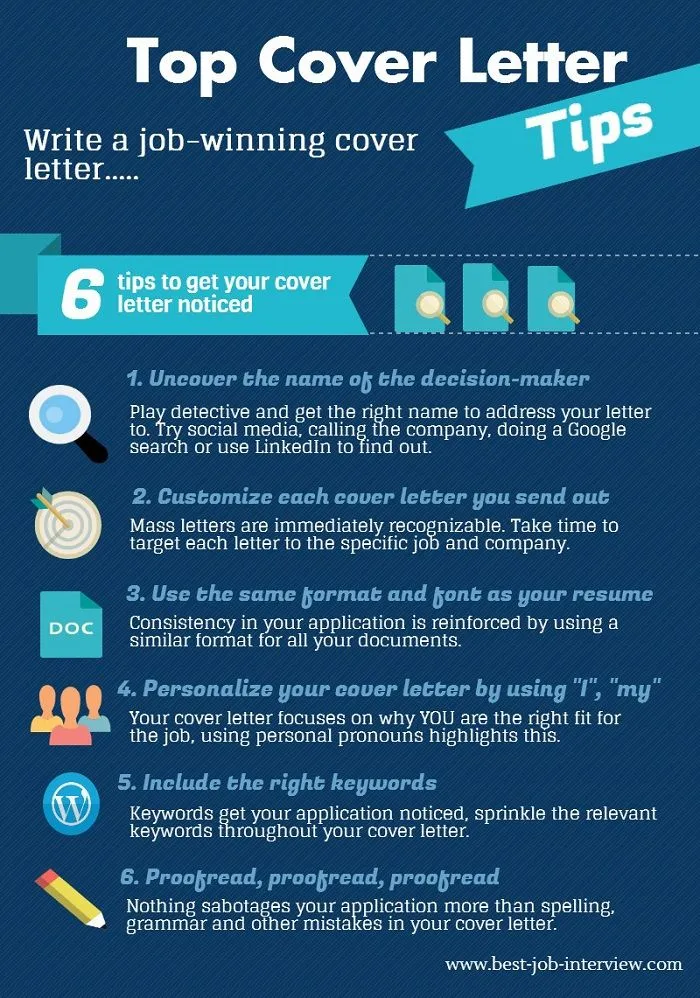
A compelling cover letter is structured around several key components that work together to make a strong impression. Each part plays a critical role in conveying your message effectively and persuasively. From the header, which provides essential contact information, to the closing paragraph, which reiterates your interest and encourages the next step, every element should be carefully considered. The body of the letter typically includes an engaging opening, a section where you highlight your relevant skills and experience, and a paragraph where you express your enthusiasm for the role and company. By thoughtfully structuring your letter, you can ensure your application stands out from the competition.
Header Essentials
The header of your cover letter is the first element a recruiter will see, so it should be clear, professional, and easy to read. Start with your full name, contact information, including your phone number and email address. It’s also a good practice to include a link to your professional online presence, such as your LinkedIn profile. Ensure your contact details are up-to-date, as this is the primary method for recruiters to reach you. Proper formatting and attention to detail in the header set a positive tone and demonstrate your professionalism. The header should be aligned to the left or right, making it easy for the reader to locate your essential information.
Greeting the Hiring Manager
Addressing the hiring manager by name is a personal touch that immediately grabs their attention. If possible, research the name of the person responsible for hiring for the specific role. Use a formal greeting like “Dear Mr./Ms./Mx. [Last Name]”. If you are unable to find a specific name, a generic greeting such as “Dear Hiring Manager” is acceptable, but try to avoid overly casual greetings. Personalizing your greeting shows you’ve taken the time to research the company and demonstrates your attention to detail. Always double-check the spelling and ensure you have the correct title to avoid any awkward mistakes.
Opening Paragraph Strategies
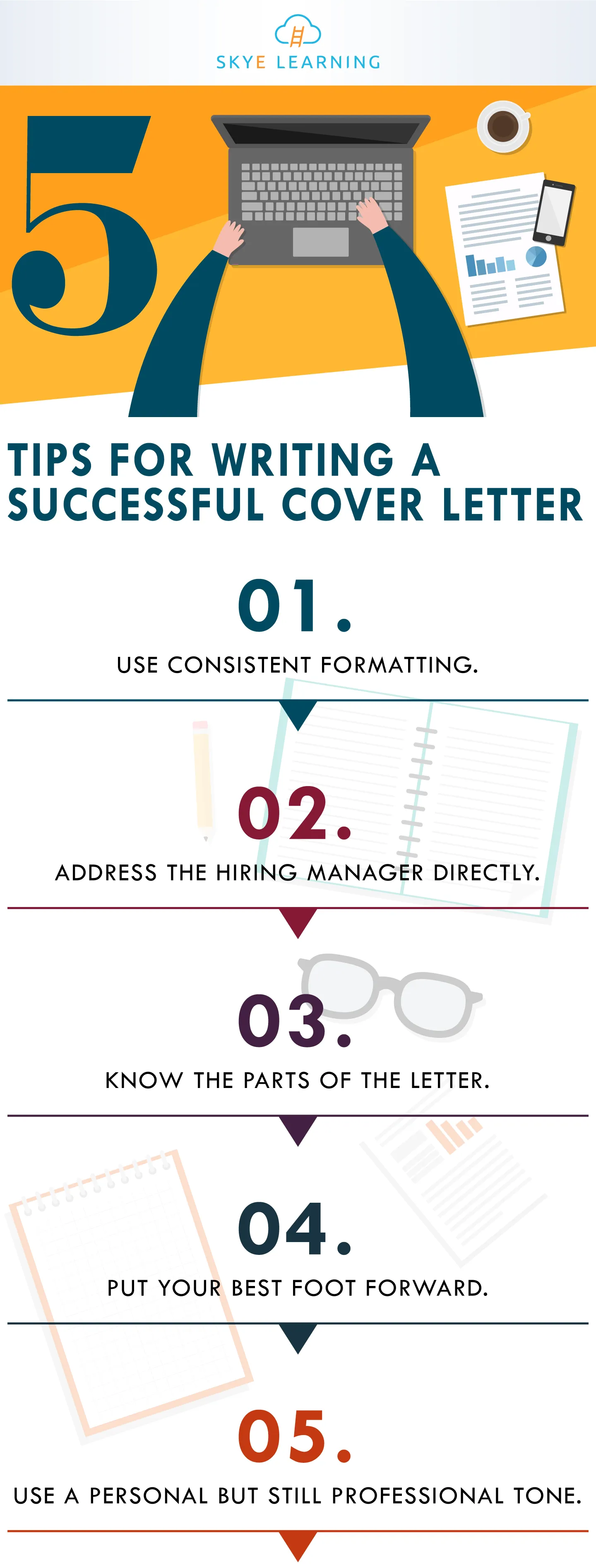
The opening paragraph is your chance to make a strong first impression. Start by stating the position you’re applying for and how you learned about the opportunity. Briefly mention your most relevant qualifications or experiences to grab the reader’s attention immediately. You can also mention something specific that attracted you to the role or the company, showing genuine interest. Make sure your opening is concise, engaging, and clearly states your purpose. Avoid generic phrases; instead, show your personality and tailor your opening to each specific job application. Your goal is to encourage the reader to want to learn more about you.
Highlight Your Skills and Experience
The body of your cover letter is where you showcase your skills and experiences in detail. Select the skills and experiences most relevant to the job description, highlighting how you meet the specific requirements. Provide concrete examples of how you’ve used those skills in previous roles. Tailor your descriptions to each job application, using keywords from the job posting to show you understand the company’s needs. This section isn’t just a rehash of your resume; it’s an opportunity to tell the story of how your skills and experiences align with the employer’s needs. Focus on the value you can bring to the company and the results you’ve achieved in past roles.
Quantify Your Achievements
Quantifying your achievements adds credibility and impact to your cover letter. Instead of simply listing your responsibilities, provide specific data and metrics that demonstrate your accomplishments. Use numbers and percentages to show the results of your work. For example, “Increased sales by 15% in one quarter” or “Managed a team of 10, improving project completion rates by 20%”. Quantifiable achievements show the hiring manager the tangible value you bring to the table. Whenever possible, support your claims with evidence to make your accomplishments more believable and compelling. This level of detail demonstrates your ability to make a real difference.
Showcase Your Enthusiasm
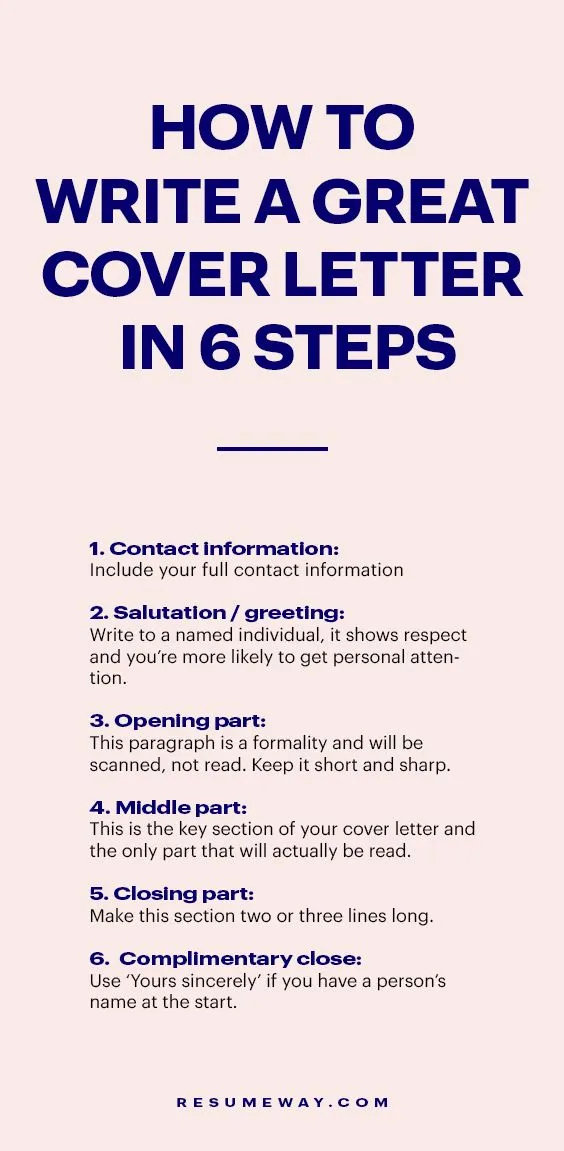
Demonstrating genuine enthusiasm for the role and company is crucial in making a positive impression. Express your interest in the company’s mission, values, or recent projects. Explain why you’re excited about the opportunity and how it aligns with your career goals. Show that you have researched the company and understand its culture. Be specific in your enthusiasm, highlighting aspects that particularly resonate with you. This section should demonstrate that you’re not just looking for any job but are genuinely interested in this particular opportunity. Showing passion and excitement can make a huge difference in how you are perceived by the hiring manager.
Closing Paragraph: Call to Action
The closing paragraph provides a final opportunity to reiterate your interest and encourage the next step. Thank the hiring manager for their time and consideration. Reiterate your interest in the role and express your eagerness for an interview. Clearly state how you can be contacted, and make it easy for the hiring manager to respond. A strong call to action includes a specific request, such as “I am eager to discuss how my skills and experience can contribute to your team” or “I look forward to hearing from you soon.” End with a professional closing, such as “Sincerely” or “Best regards,” followed by your full name.
Formatting Your Cover Letter
Effective formatting is essential for ensuring your cover letter is easy to read and visually appealing. A well-formatted cover letter demonstrates professionalism and attention to detail. Good formatting makes your cover letter more readable and helps the hiring manager quickly find key information. Clear formatting choices can elevate your cover letter and increase its impact. Proper formatting enhances readability and makes a positive impression on the hiring manager.
Font and Layout Guidelines
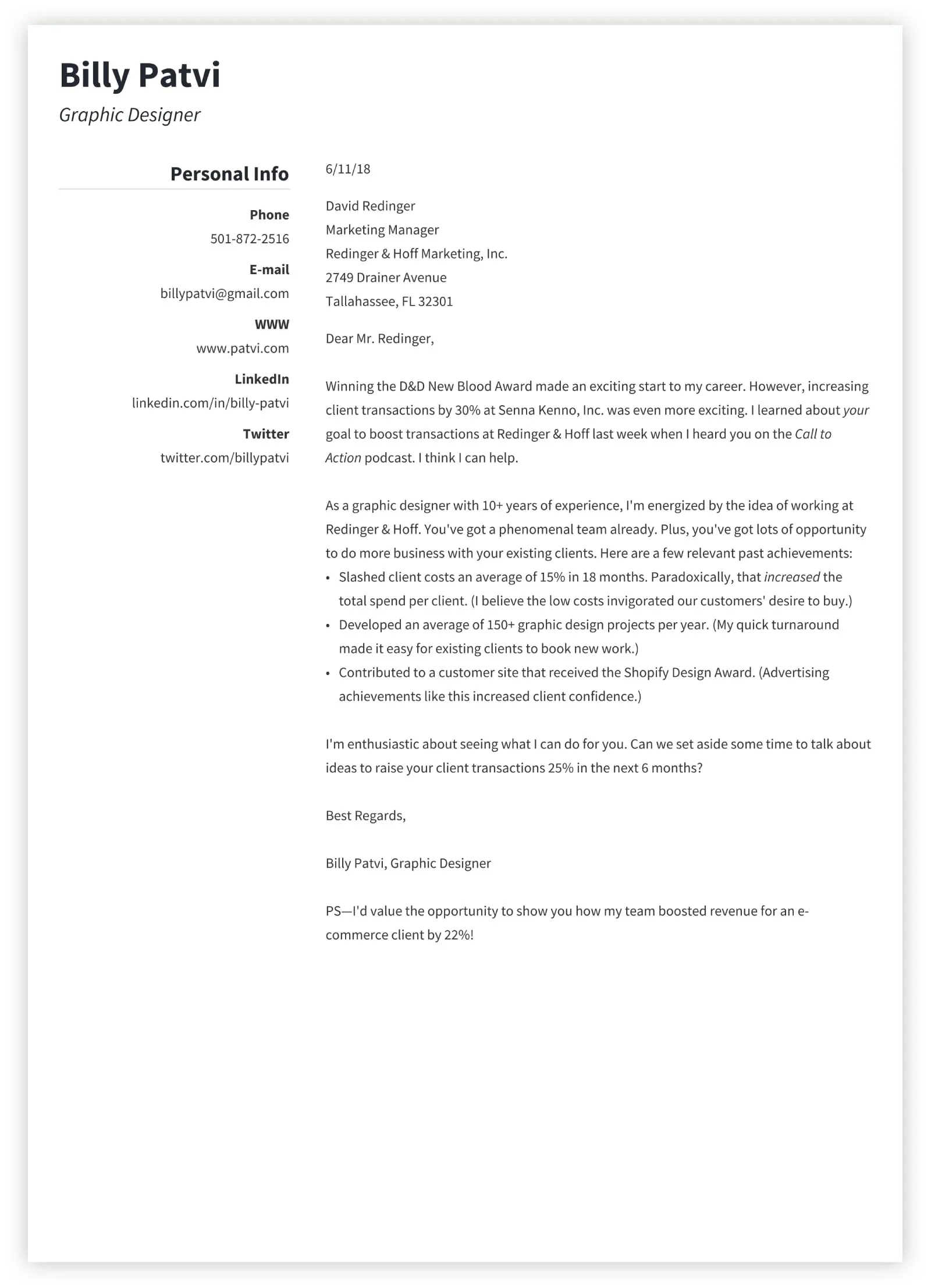
Choose a professional and easy-to-read font, such as Times New Roman, Arial, or Calibri. Use a font size between 10 and 12 points for readability. Maintain consistent formatting throughout the document. Use a standard one-inch margin on all sides. Properly space your paragraphs and use bullet points or lists to break up long blocks of text, making the information easier to digest. A clean and uncluttered layout is critical to making a positive impression. Avoid excessive use of bold or italic text, as it can make the document appear unprofessional. Use consistent spacing between lines and paragraphs to maintain a professional appearance.
Proofreading and Editing
Proofreading and editing are essential steps that can make or break your cover letter. Always thoroughly review your cover letter for any grammatical errors, spelling mistakes, and typos. Ensure that the tone and language are professional and appropriate for the job and company. Read your cover letter aloud to catch any awkward phrasing or unclear sentences. Ask a friend or family member to review it as well, as a second pair of eyes can often catch mistakes you may have missed. Pay close attention to the details, as even minor errors can give the impression that you are not detail-oriented. Proofreading is the last chance to refine your cover letter.
Cover Letter Do’s and Don’ts
Following established best practices can significantly enhance the impact of your cover letter. There are key strategies that can increase your chances of success, as well as common mistakes to avoid. These guidelines can help you create a compelling and effective cover letter that stands out. Paying attention to these details will make your application shine. By understanding the dos and don’ts, you can create a cover letter that truly represents your qualifications and personality.
Do Tailor to Each Job
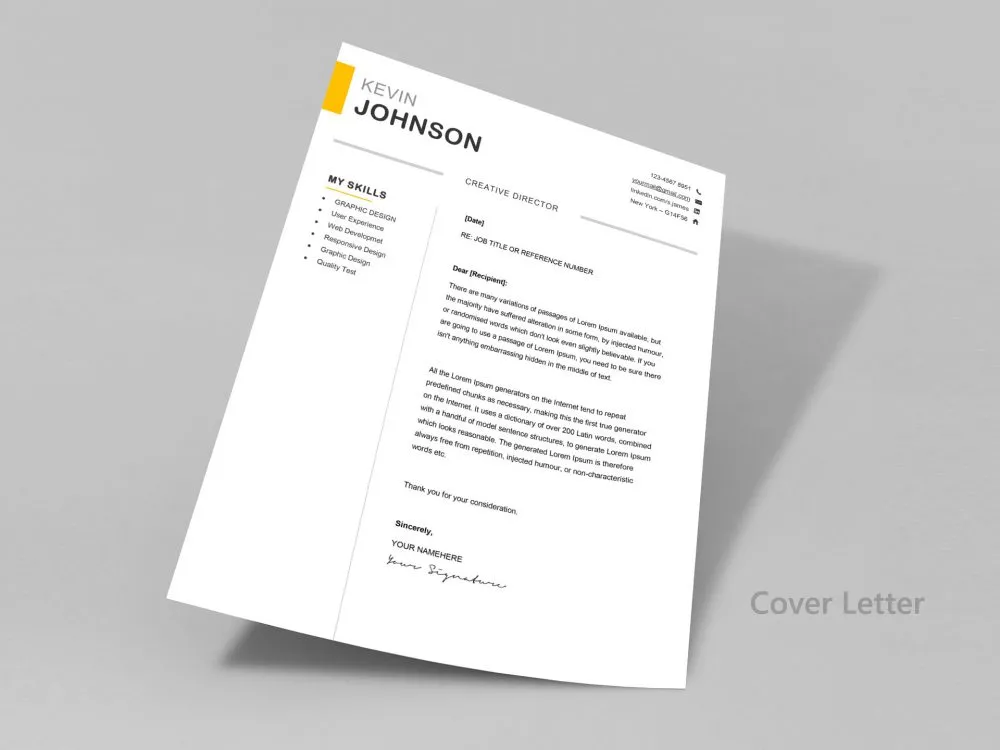
Customizing your cover letter for each job application is crucial. Avoid using a generic cover letter; instead, adapt your letter to match the specific requirements of the role and the company. Research the company and the hiring manager to personalize your letter. Demonstrate how your skills and experience align with the specific job description and what the company values. Use keywords from the job posting and highlight the achievements that directly address the employer’s needs. Tailoring your letter shows that you have taken the time to understand the opportunity and are genuinely interested in the position.
Do Highlight Relevant Skills
Focus on the skills and experiences that are most relevant to the job you are applying for. Carefully review the job description and identify the key skills and qualifications the employer is seeking. Highlight how your skills meet these needs, providing specific examples and quantifiable results whenever possible. Align your skills with the language used in the job posting to demonstrate a clear understanding of what the employer wants. Make sure to show how your experiences have prepared you for the specific role and the value you can bring to the company. Your goal is to demonstrate your qualifications and explain why you are the best candidate for the job.
Don’t Use Generic Language
Avoid using generic phrases or clichés in your cover letter. Instead, write in a clear, concise, and engaging style. Show, don’t tell, by providing specific examples of your accomplishments. Use active verbs and avoid passive language. Instead of saying “I am a hard worker,” describe how you have demonstrated hard work in your past roles. Eliminate phrases that are overused or don’t add value to your message. Focus on what makes you unique and tailor the language to reflect your personality and the specific job. Make your letter stand out by using a fresh, professional tone.
Don’t Exceed One Page

Keep your cover letter concise and to the point, ideally one page long. Hiring managers often review numerous applications, so it’s important to make a strong impression quickly. Focus on the most relevant information and avoid unnecessary details. Use clear and concise language to convey your message efficiently. If your cover letter is too long, it may not be read in its entirety. Stick to a single page to make sure the hiring manager gets the information they need without being overwhelmed.
Cover Letter Templates and Examples
Cover letter templates and examples can be invaluable resources for creating your own cover letter. They offer a structure and guidance to help you get started. By using a template, you can ensure your cover letter includes all the necessary components. However, you should always customize the template to fit your specific skills, experiences, and the job requirements. Examples can illustrate different styles and approaches to writing a cover letter, helping you determine what works best for your situation. Adapting a template ensures that your cover letter represents you and highlights your unique qualifications.
Template Resources
Several online resources offer free cover letter templates. These templates typically provide a pre-formatted structure that you can customize with your information. Many career websites and job boards offer downloadable templates in various formats, such as Word or Google Docs. Choose a template that aligns with your profession and the specific role you’re applying for. Review multiple templates to find one that suits your needs and style. Remember to personalize the template to ensure it reflects your unique skills and experiences. Tailoring the template to the specific job can dramatically improve your chances of landing an interview.
Cover Letter Examples
Reviewing examples of successful cover letters can provide insights into effective writing techniques. These examples can guide you on how to structure your letter, use appropriate language, and showcase your skills. Look for examples relevant to your industry and the types of jobs you’re targeting. Analyze how the examples highlight skills, quantify achievements, and express enthusiasm. Use these examples as inspiration, but be sure to create your own unique cover letter. Avoid directly copying the example. Tailor the examples to your specific circumstances, ensuring your letter highlights your personality and qualifications.
Frequently Asked Questions about Cover Letters
Many job seekers have common questions about cover letters, like their length, their importance, and how to make them stand out. Getting answers to these FAQs can help you better understand the purpose of cover letters and how to write a winning one. Knowing these details can increase your chances of success. Here are some of the most frequently asked questions.
What is the ideal length of a cover letter?
The ideal length for a cover letter is typically one page. Hiring managers are busy and often review numerous applications. Keeping your cover letter concise ensures that the essential information is easily accessible. If you cannot fit everything onto a single page, prioritize the most important and relevant information. Use clear and concise language to convey your message effectively. The goal is to capture the reader’s attention and showcase your qualifications without overwhelming them.
Should I include a cover letter if it’s not required?
Yes, always include a cover letter, even if it’s not explicitly required. A cover letter gives you the opportunity to personalize your application and showcase your enthusiasm for the role. It provides context to your resume, allowing you to highlight your skills, experiences, and achievements in relation to the job description. Including a cover letter demonstrates your initiative and commitment to the application process. Even if the employer does not specify a cover letter, it can significantly increase your chances of making a positive impression.
How can I make my cover letter stand out?
To make your cover letter stand out, personalize it for each job application. Research the company and hiring manager to tailor your letter. Highlight your relevant skills and quantify your achievements with data and metrics. Express your enthusiasm for the role and the company’s mission. Use a professional tone and avoid generic language. Proofread your cover letter carefully and have someone else review it. By focusing on the specific requirements of the job and demonstrating your unique value, you can create a cover letter that grabs the attention of the hiring manager.
